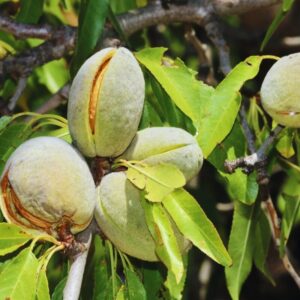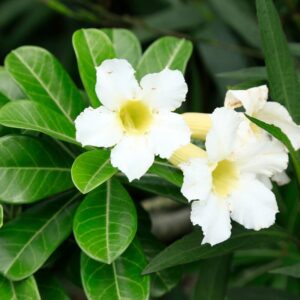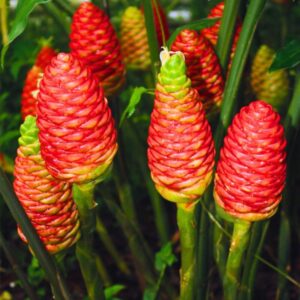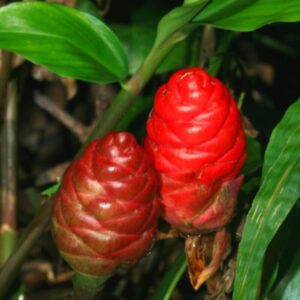Almond Tree
Almond Tree
Almond Tree is an ornamental and fruiting tree that offers fragrant flowers in early spring, growing 10 to 15 feet tall.
$89.99

With our Alive & Thrive Guarantee, we’ve got your back for the first 30 days! If you have any concerns about your plants, just reach out to us. Our team is here to help answer your questions and guide you in selecting the best plants for your garden, climate, and unique preferences. We're excited to help you create the garden of your dreams!
-
USDA Hardiness Zone
5 to 9 -
Soil type
Well-drained soil -
Sunlight Exposure
Full sunlight -
Expected Planting Period
Early spring or fall -
No Shipping To
CA
Discover the Beauty of the Almond Tree
The Almond Tree is celebrated as the earliest-flowering stone fruit, making it a delightful addition to any garden. This stunning tree can grow between 10 to 15 feet high, showcasing clusters of fragrant pink or white flowers in early spring. With its ornamental value, the almond tree not only produces delicious nuts but also transforms your landscape into a picturesque scene.
Key Benefits of Growing an Almond Tree
When you choose to plant an almond tree, you reap multiple benefits. Firstly, you will enjoy the stunning blossoms that attract pollinators, creating a lively garden environment. Secondly, the tree’s nuts provide a nutritious snack, perfect for home gardeners who appreciate fresh produce. Lastly, almond trees are relatively easy to maintain, requiring minimal care once established.
Care and Maintenance
To ensure your almond tree thrives, it’s essential to plant it in well-drained soil with plenty of sunlight. Regular watering during dry spells will help maintain healthy growth. Pruning is recommended to encourage a strong structure and better air circulation. Following these simple care tips will lead to fruitful harvests and vibrant blooms.
Frequently Asked Questions
- What is the ideal size for planting an almond tree? A bare root almond tree typically measures 4 feet tall.
- What USDA zone is suitable for almond trees? Almond trees thrive in USDA zones 5 to 9.
- How much sunlight do almond trees need? Almond trees require full sunlight exposure for optimal growth.
- When is the best time to plant an almond tree? The ideal planting period is in early spring or fall.
- How do I care for my almond tree? Ensure well-drained soil, regular watering, and seasonal pruning for healthy growth.

















































